Engineering & Computer Science

Dr Paul Robertson | Artificial Intelligence in the Cockpit: New Systems Could Help Prevent Aviation Accidents
Despite significant advances in aviation safety over recent decades, accidents still occur that could potentially be prevented with better warning systems. Dr Paul Robertson of Dynamic Object Language Labs, Inc. (DOLL) is leading groundbreaking research into how artificial intelligence could help pilots avoid dangerous situations. His team’s work reveals promising developments and important cautions about implementing AI in aircraft cockpits, with implications for the future of aviation safety.

Dr David Nairn | Time-Interleaved Analogue-to-Digital Converters: Breaking Speed Barriers in Digital Signal Processing
In our increasingly digital world, the ability to convert analogue signals into digital data quickly and accurately is crucial for everything from mobile phones to medical devices. Dr David Nairn from the University of Waterloo, Ontario, has been at the forefront of developing and improving time-interleaved analogue-to-digital converter technology to enable faster and more efficient digital signal processing. His work is helping to overcome key challenges in high-speed digital systems, paving the way for more advanced electronic devices.

Dr Michelle Pantoya | More Bang for Your Buck: How Changing the Chemical Properties of Aluminum Particles Increases their Power
Aluminum particles are widely used in various energy generating applications, such as fuels. However, due to their high reactivity with atmospheric oxygen, they must be coated in a chemical ‘shell’ in order to prevent spontaneous combustion. This highly protective shell obstructs oxygen from reaching the aluminum core, limiting aluminum’s potential to produce power. Dr Michelle Pantoya from Texas Tech University has led a research team to explore alternative shell compositions. New shell chemistry has exciting implications for aluminum use in rocket fuels and other propellants.

Revolutionary Battery Technology Promises to Transform Energy Storage
The world of energy storage is on the cusp of a significant breakthrough. As society increasingly shifts towards electrification, from personal devices to transportation and beyond, the limitations of current battery technology have become increasingly apparent. An innovative company in Tallahassee, Florida, is developing a revolutionary new battery that could transform how we store and use energy. The technology, developed by a team of experts at Piersica Inc., promises to deliver an energy density of 630 watt-hours per kilogram (Wh/kg)—approximately two and a half times higher than current lithium-ion batteries. This advancement will extend the range of electric vehicles, enable long-distance electric aircraft, and dramatically increase the battery life of portable electronics.
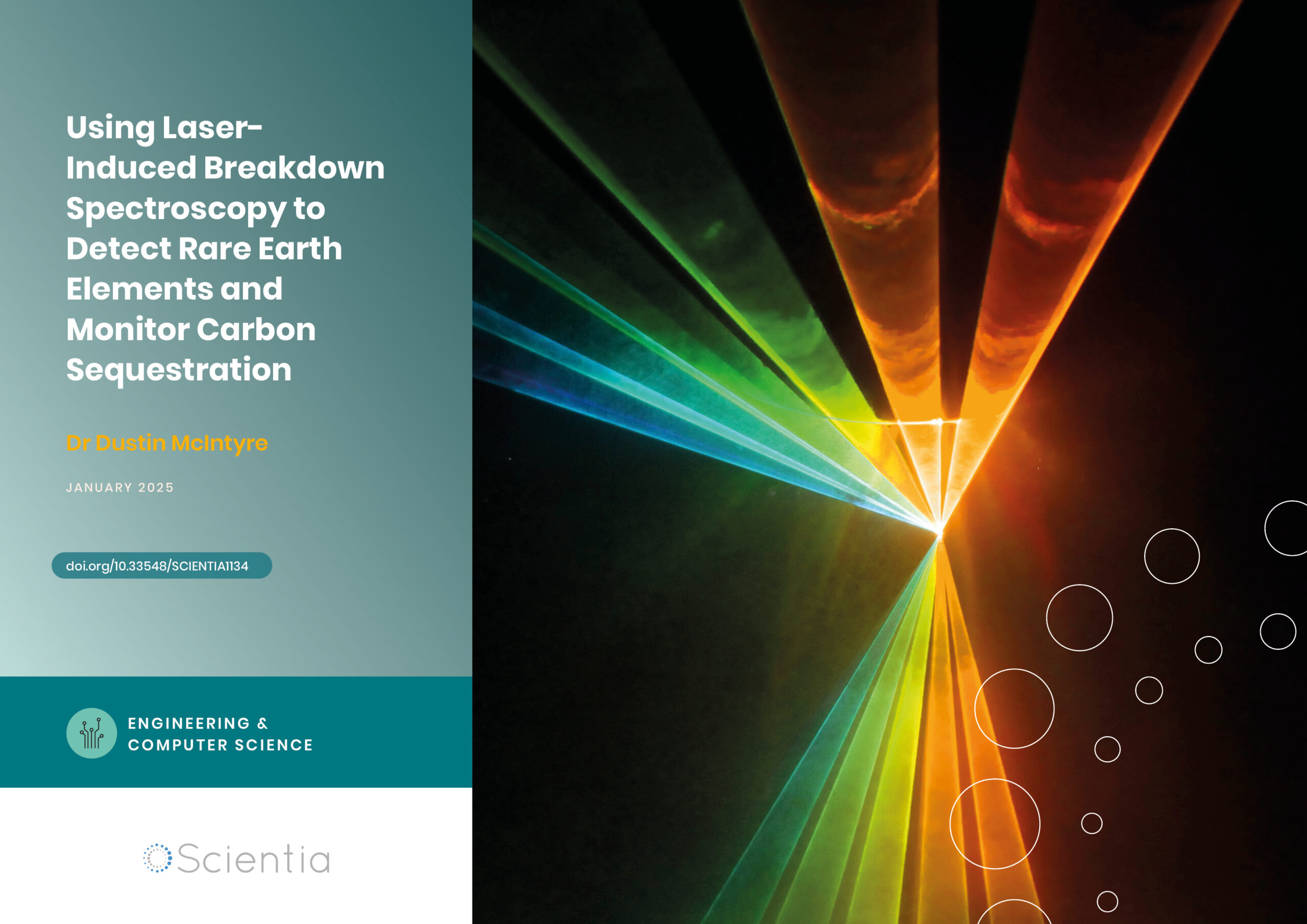
Dr Dustin McIntyre | Using Laser-Induced Breakdown Spectroscopy to Detect Rare Earth Elements and Monitor Carbon Sequestration
Whether identifying contaminants in our water courses or searching for the rare minerals our modern technology depends on, being able to monitor the natural world in real-time has never been more critical. Dr Dustin McIntyre and his colleagues from the US Department of Energy’s National Energy Technology Laboratory have been working to understand better the impact of some of our most vital industries using novel approaches in laser-induced breakdown spectroscopy.

Dr P Jacob Bueno de Mesquita | Germicidal Ultraviolet (GUV): A Powerful Tool for Improving Indoor Air Quality and Reducing Disease Transmission
The COVID-19 pandemic highlighted the critical importance of indoor air quality for public health. Dr P Jacob Bueno de Mesquita from Roger Williams University is part of a growing community of scientists dedicated to studying and implementing germicidal ultraviolet (GUV) technology to reduce the transmission of airborne pathogens. This work has the potential to dramatically improve air quality in indoor spaces and mitigate the spread of respiratory infections like COVID-19, influenza, RSV, common colds, and tuberculosis.

Dr Anette Kolmos | Rethinking Project Types in Engineering Education
As the world faces increasingly complex challenges, engineering education must evolve to prepare students for interdisciplinary collaboration. Researchers at Aalborg University, led by Dr Anette Kolmos, have developed a new framework for categorising different types of student projects, with the goal of fostering the skills needed to tackle real-world problems.

Dr Amy Shachter | Indigenous Knowledges, Encouragements, Engagements, and Experiences in STEM
Despite efforts aimed at diversifying Science, Technology, Engineering, and Mathematics (STEM) fields, Indigenous communities remain widely underrepresented. The Indigenous Knowledges, Encouragements, Engagements and Experiences (ʻIKE) Alliance is comprised of a group of educators and Indigenous leaders from across the USA who support and facilitate the participation of Native American, Alaska Native, Native Hawaiian, and Pacific Islander (NANA-NHPI) students in STEM. ʻIKE also seeks to strengthen relationships between Indigenous communities and STEM higher education institutions.

Dr Guo-Xing Miao | Lithium-Imbued Memristors: A Versatile Platform for Brain-Inspired Computing
Researchers are increasingly looking to the human brain for inspiration in the quest to develop more energy-efficient and powerful computing systems. The brain’s ability to process complex information with remarkable energy efficiency has led scientists to explore new materials and architectures that can mimic its functions. Dr Guo-Xing Miao and his colleagues at the University of Waterloo have made significant strides in this direction with their innovative work on lithium-imbued memristors – iontronic devices that can switch between volatile and non-volatile memory states resembling our short-term and long-term memories, offering a versatile platform for brain-inspired computing.

Dr Joerg Volpp | How Does the Surface Tension of Steel Change at High Temperatures?
In a recent study, Dr Joerg Volpp from University West, Trollhättan, Sweden, redefined our previous understanding of the surface tension of steel at extreme temperatures. His important insights could improve industrial manufacturing processes like welding and additive manufacturing, as well as offer exciting theoretical implications.

Dr Sean Kalaycioglu | Beyond the Final Frontier: Controlling Robotics for Space Use
As we explore more of the cosmos, there is an increasing interest in using robotic systems in space, such as rovers, to explore and map out territory or robots to assemble and maintain structures. Dr Sean Kalaycioglu from Toronto Metropolitan University (TMU) and Canadian Space Research Inc. in Canada researches how these systems can be deployed and designed to tackle the unique challenges faced by robots in these environments. Working with his colleagues, Dr Kalaycioglu also develops algorithms and models to optimise the control and performance of these systems.
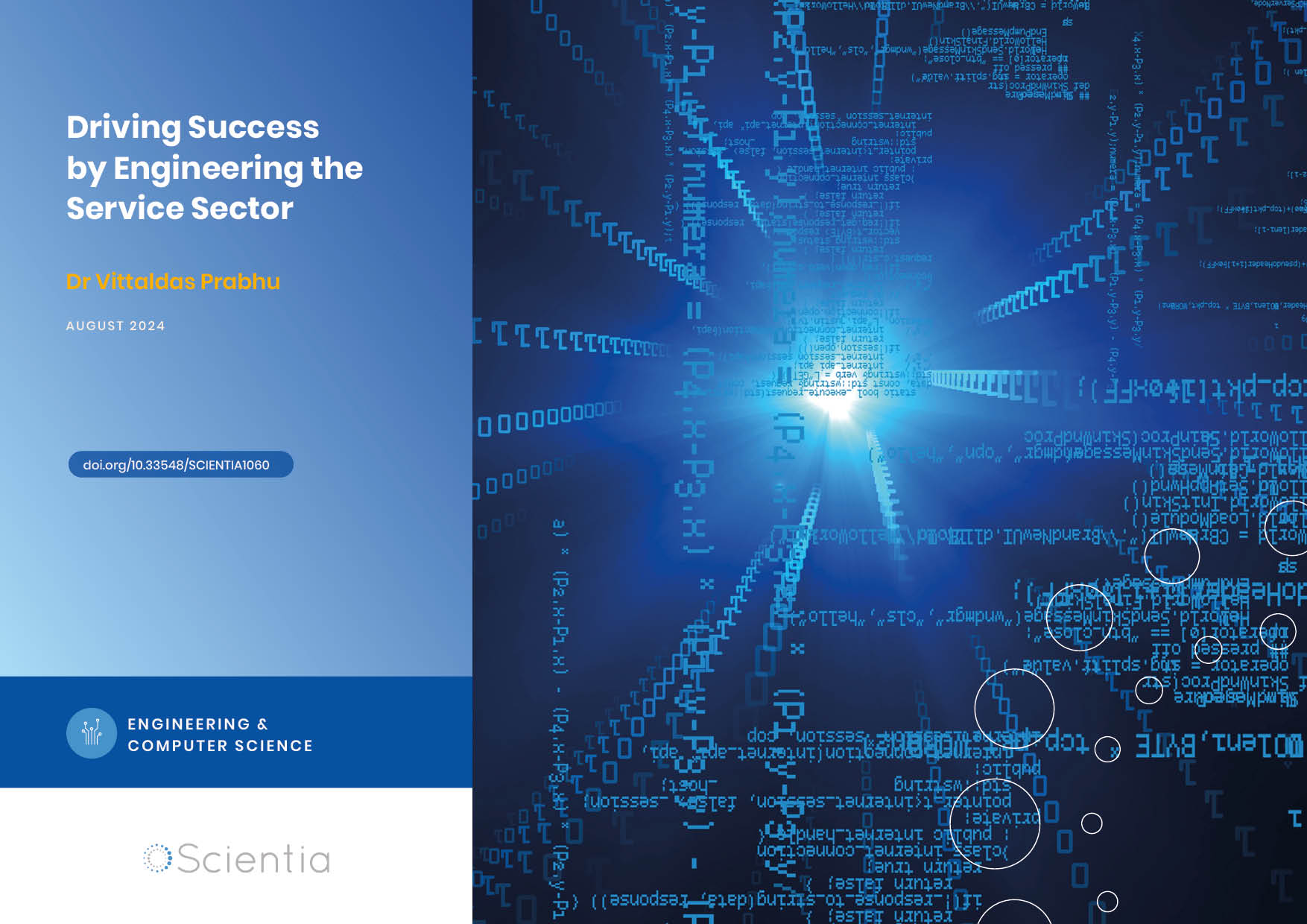
Dr Vittaldas Prabhu | Driving Success by Engineering the Service Sector
A large percentage of many countries’ economies rely on the service sector. This is a broad sector of the economy, embracing industries including banking, healthcare, entertainment and retail. These industries vary greatly in what they offer, and suffer low productivity and quality as a result. By applying engineering concepts commonly found in manufacturing industries to service sector industries, Dr Vittaldas Prabhu and colleagues from Pennsylvania State University aim to improve the productivity and quality of systems that deliver services.

Professor Giorgio Buttazzo | Artificial Intelligence and a Crossroads for Humanity
Where do we stand with artificial intelligence? Might machines take over our jobs? Can machines become conscious? Might we be harmed by robots? What is the future of humanity? Professor Giorgio Buttazzo of Scuola Superiore Sant’Anna is an expert in artificial intelligence and neural networks. In a recent publication, he provides considered insights into some of the most pressing questions surrounding artificial intelligence and humanity.

Professor Martin Trefzer | Bridging Nature and Artificial Intelligence for Smart Electronics Technology
The ever-developing world of artificial intelligence (AI) stands at the tip of a transformative breakthrough. Professor Martin Trefzer from the University of York and Professor Jim Harkin from Ulster University have introduced a revolutionary approach to neural network design. They work on an electronic system based on AI that forms the basis of the cross-disciplinary project called Nervous Systems, which aims to build electronic neuromorphic devices with an artificial intelligence system mirroring the adaptability and responsiveness of biological neural systems.

Dr Jon Tore Lieng | Dynamically Installed Anchors for Floating Offshore Turbines
Effectively harnessing offshore wind presents a valuable opportunity to increase energy supplies. Floating wind turbines present several advantages over traditional fixed turbines in more shallow waters. Dr Jon Tore Lieng from Deep Sea Anchors and colleagues have developed a type of dynamically installed anchor to hold the structures in place while reducing both the costs and complexity associated with installation where cohesive seabed sediments are realised.
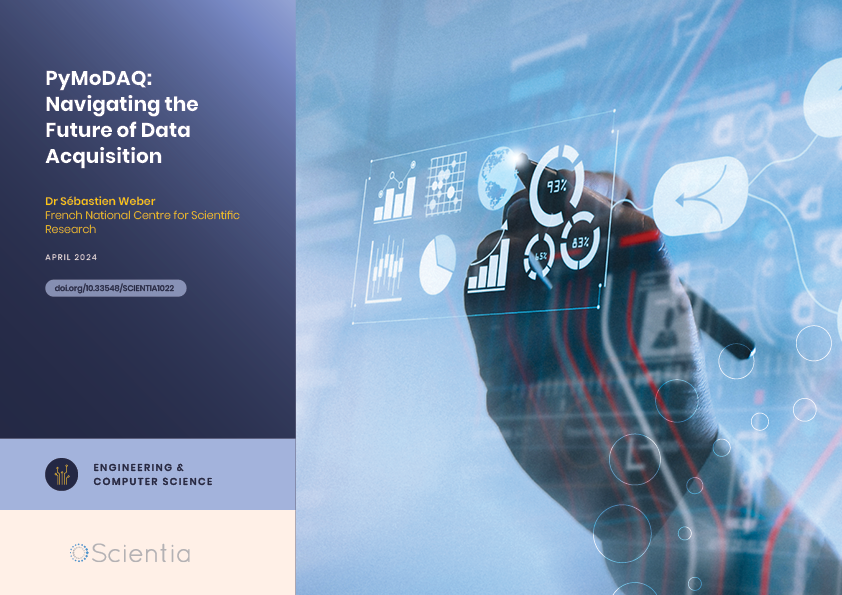
Dr Sébastien Weber | PyMoDAQ: Navigating the Future of Data Acquisition
In an era where data is paramount, Dr Sébastien Weber and his team at CNRS, the French National Centre for Scientific Research, are changing the landscape for scientists and engineers with PyMoDAQ, an open-source data acquisition software. Their revolutionary tool stands out for its accessibility, versatility, and the thriving community it fosters.
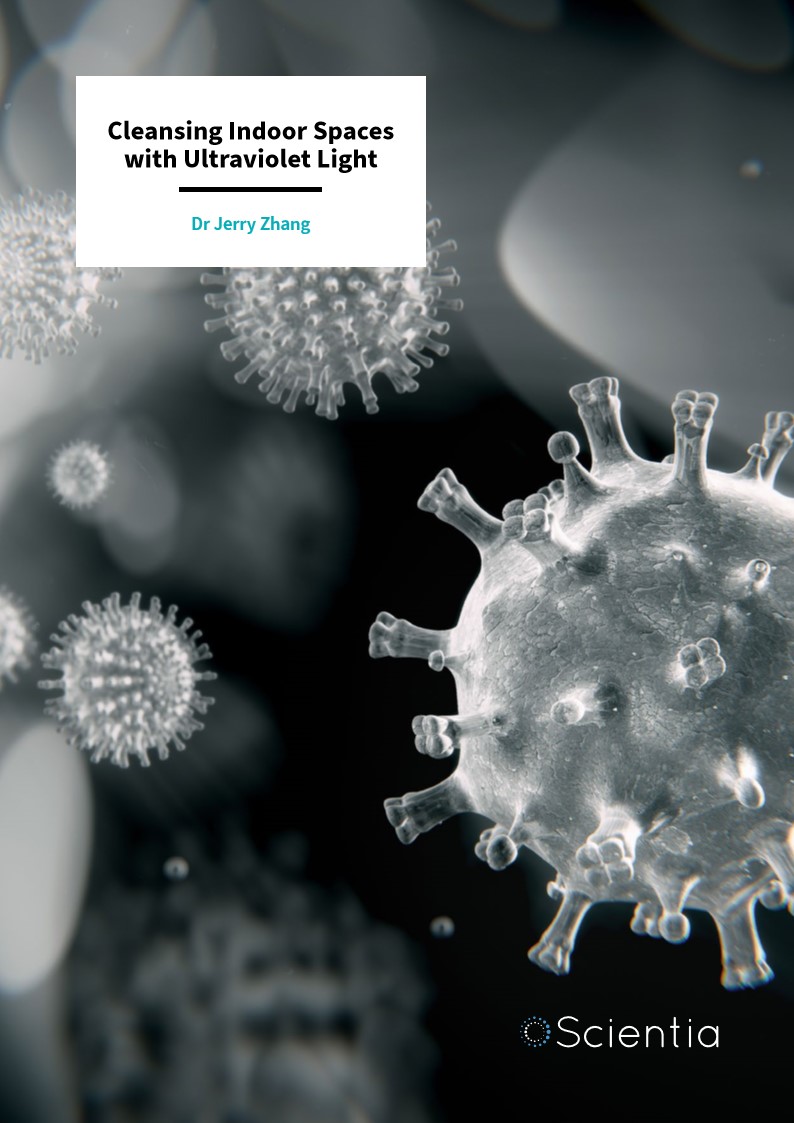
Dr Jerry Zhang | Cleansing Indoor Spaces with Ultraviolet Light
Maintaining air quality in indoor spaces like shopping centres, stadiums, and airports is a key issue in modern society. Unfortunately, current air conditioning-based approaches are often energy intensive and inefficient. A viable alternative is the use of low-energy-consumption ultraviolet light disinfection systems, which cleanse the air of bacteria and pathogens in indoor settings. Dr Jerry Zhang and his team of ultraviolet light-based disinfection technology specialists at Bolb Inc. have developed a model to predict device performance and lifetime under different conditions, providing crucial guidance for their adoption in large-scale settings.
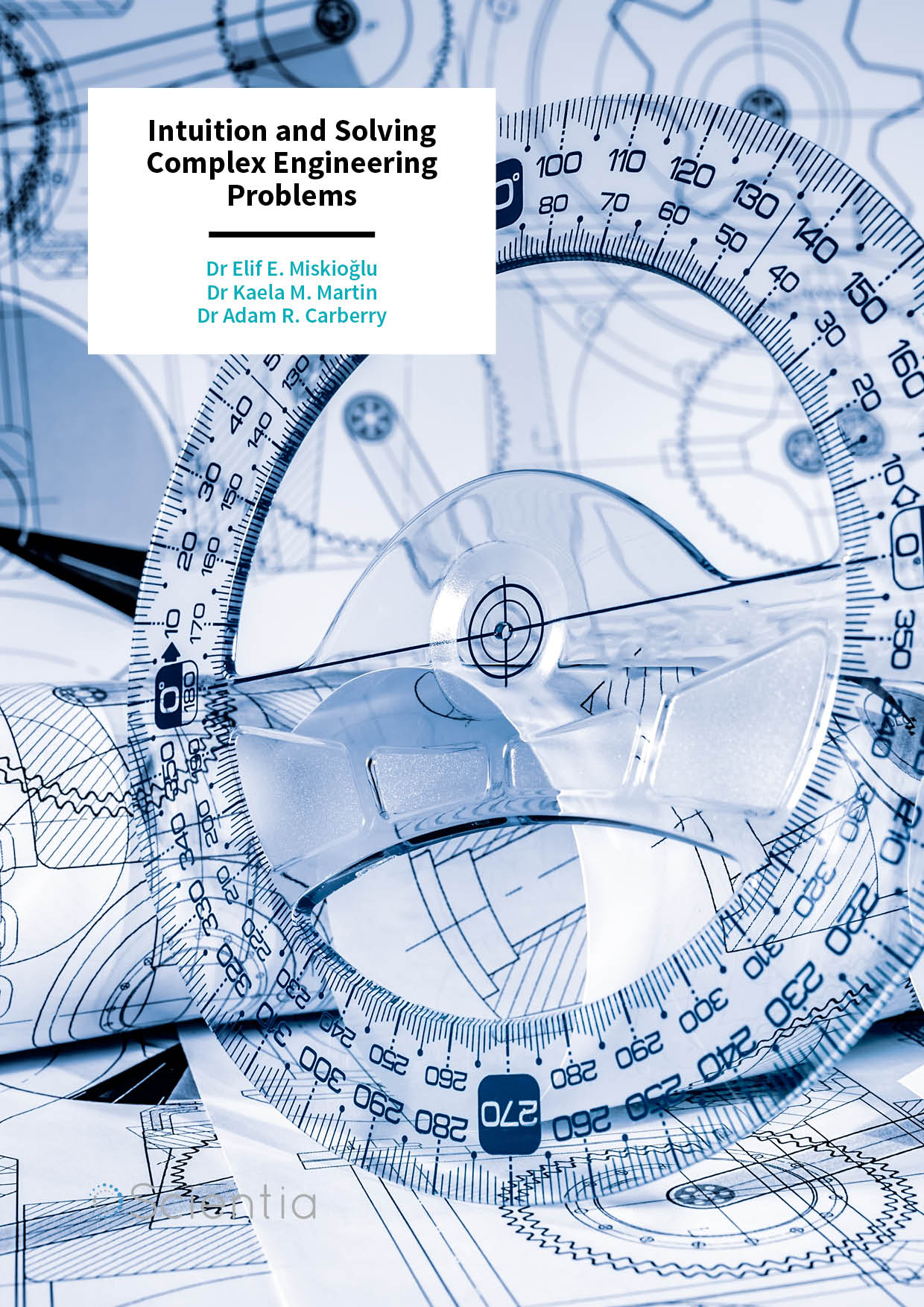
Dr Elif E. Miskioğlu – Dr Kaela M. Martin – Dr Adam R. Carberry | Intuition and Solving Complex Engineering Problems
Experienced engineers are typically equipped with advanced technical knowledge and a unique skill set but also a marked intuition that allows them to come up with solutions to complex real-world problems. Drs Elif E. Miskioğlu, Kaela M. Martin, and Adam R. Carberry, at Bucknell University, Embry-Riddle Aeronautical University Prescott, and The Ohio State University, respectively, recently engaged in important research to support the understanding of intuition in engineering practice.
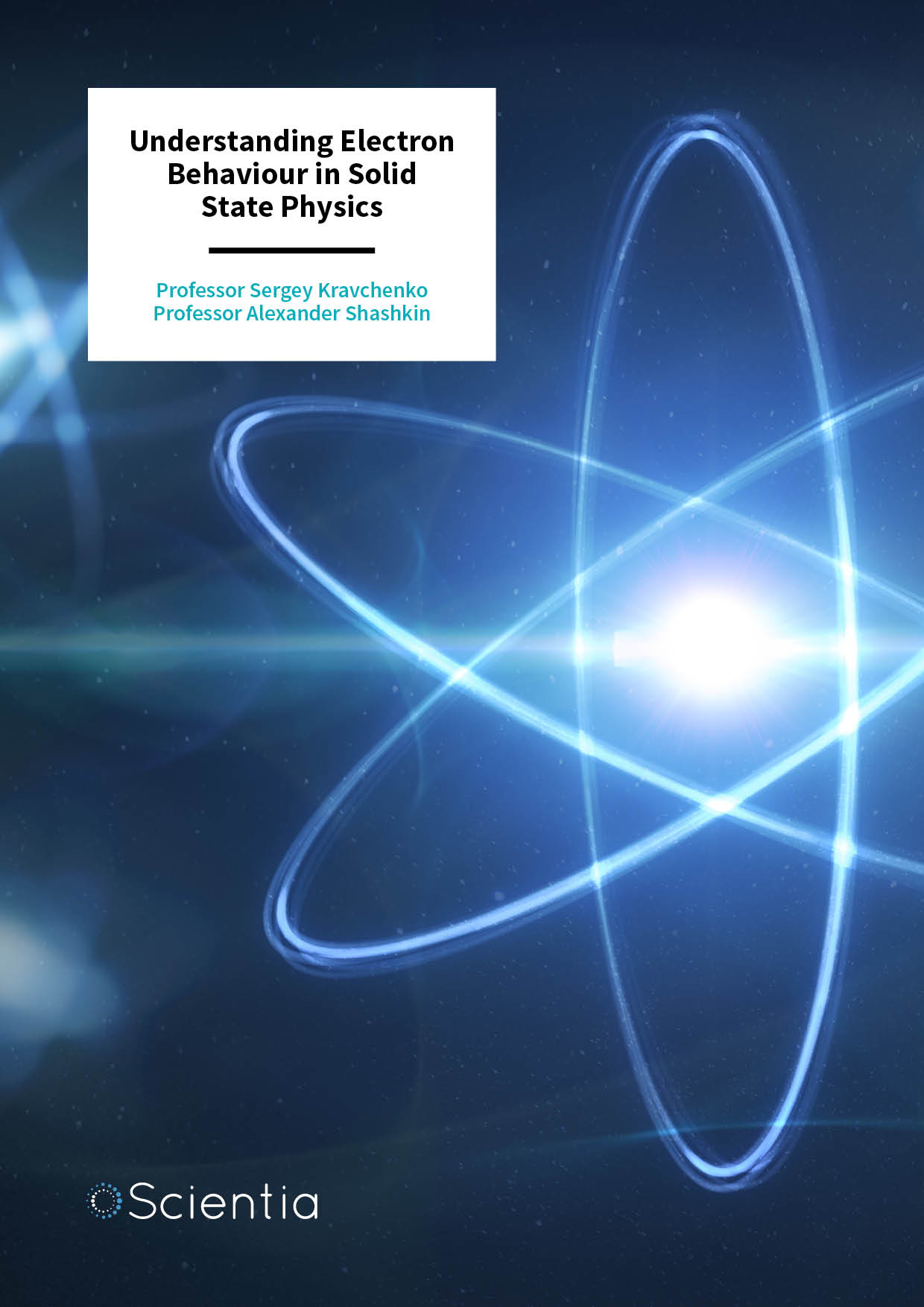
Professor Sergey Kravchenko – Professor Alexander Shashkin | Understanding Electron Behaviour in Solid State Physics
Professor Sergey Kravchenko of Northeastern University (USA) and Professor Alexander Shashkin of the Institute of Solid State Physics (Russia) study two-dimensional electron systems. In this field, the behaviour of electrons under different environmental conditions alters the macroscopic properties of the materials they constitute. For example, some metallic compounds transition from an insulating state to a metallic, conductive state as the system parameters change. Understanding precisely how and why this occurs may be crucial to developing the next generation of nanoscale materials, such as room-temperature superconductors.
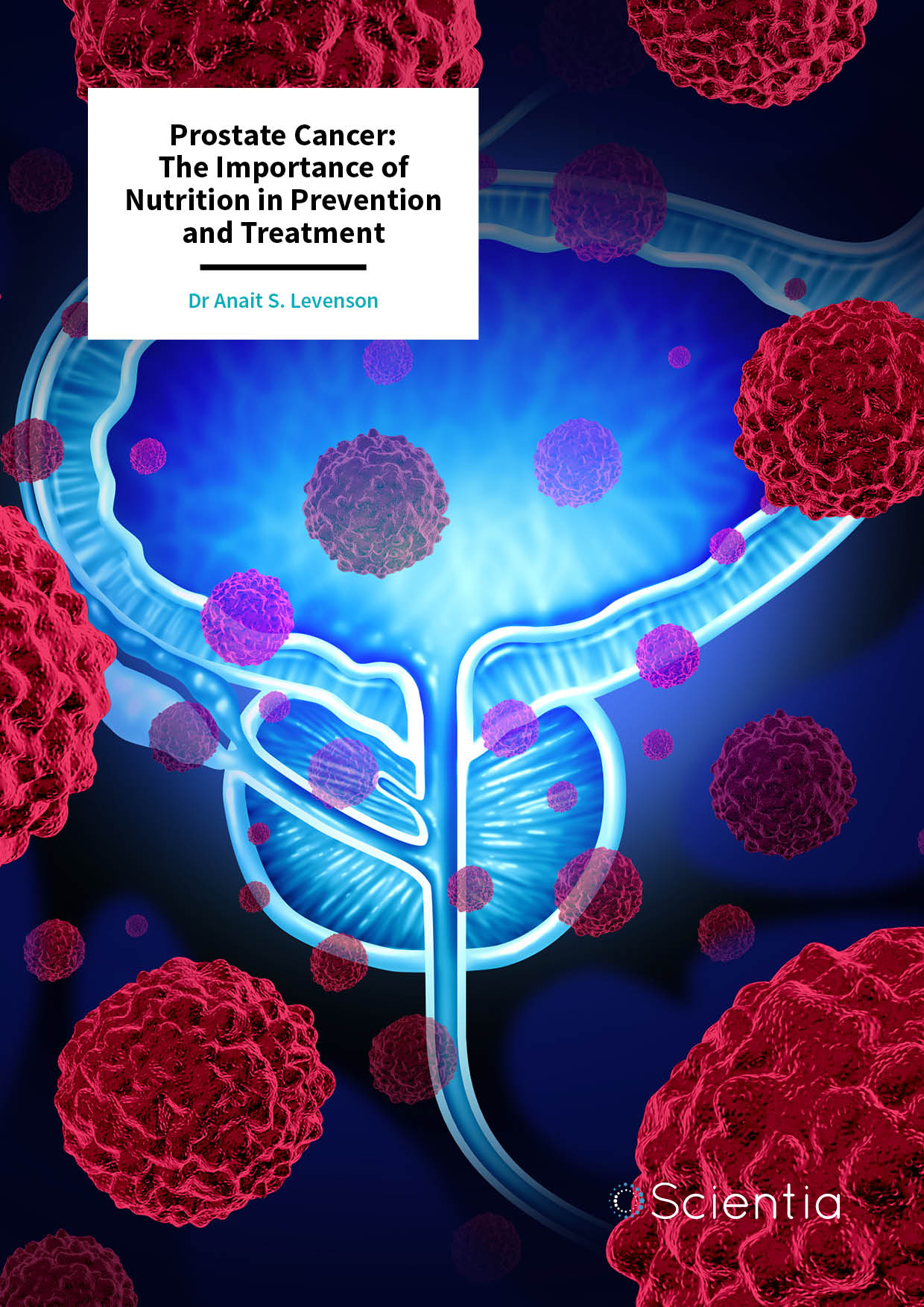
Dr Anait S. Levenson | Prostate Cancer: The Importance of Nutrition in Prevention and Treatment
Prostate cancer is a leading cause of illness and death in men around the world, and to date, no prevention strategies have been discovered. Dr Anait S. Levenson and a team of cancer researchers from Long Island University in the United States of America are working to advance our understanding of how and why prostate cancer develops. Their important work also demonstrates how compounds found in foods such as grapes and blueberries may help prevent the development and progression of cancer.

Dr Chung Chi Chou | Upgrading Sugar Cane Mill to Produce Refined Sugar: Making Sugar Production More Efficient (Patented)
The sugar industry is a giant, producing hundreds of millions of tonnes of refined sugar each year. In the USA, most sugar is produced from sugarcane, but the process of growing sugarcane, milling it into raw sugar, then refining it into the product we’re familiar with, is remarkably energy- and water-intensive. Dr Chung Chi Chou proposes a process to improve the efficiency of sugar production by combining the milling and refining stages in one plant, increasing profits and reducing the environmental impact of the sweet stuff.
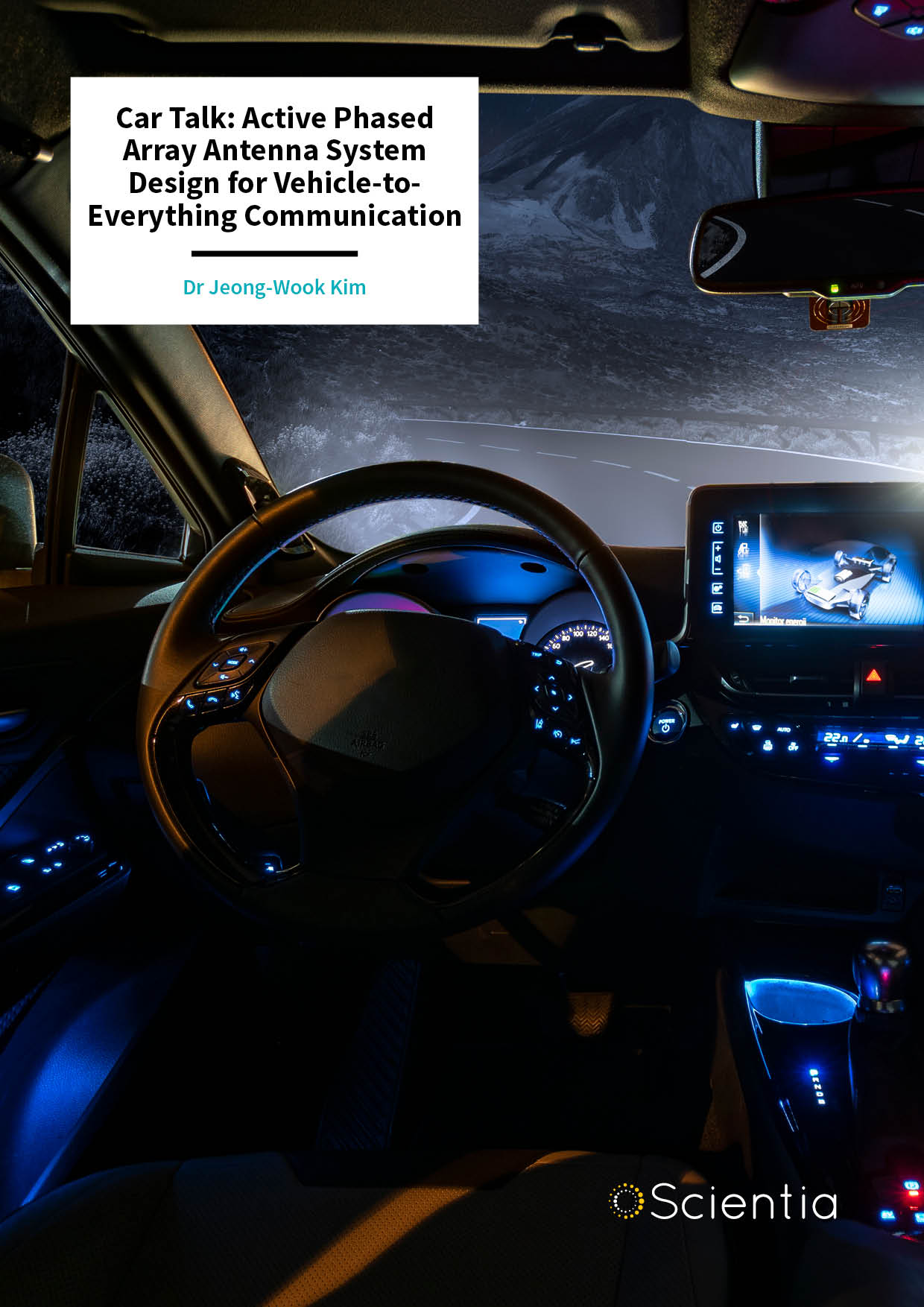
Dr Jeong-Wook Kim | Car Talk: Active Phased Array Antenna System Design for Vehicle-to-Everything Communication
Information exchange between vehicles and the world around them offers many exciting possibilities. Drivers could be provided with real-time information on the speed and behaviour of other cars around them, live updates from city infrastructure to vehicles could improve traffic flow, and vehicle-to-mobile communication interfaces could warn pedestrians of busy crossings. However, such advances require a strong and stable signal to ensure reliable and effective communication. Dr Jeong-Wook Kim from the Korea Advanced Institute of Science and Technology has developed a new design for vehicle communication antennas, improving the ability of individual vehicles to exchange information with the world around them.
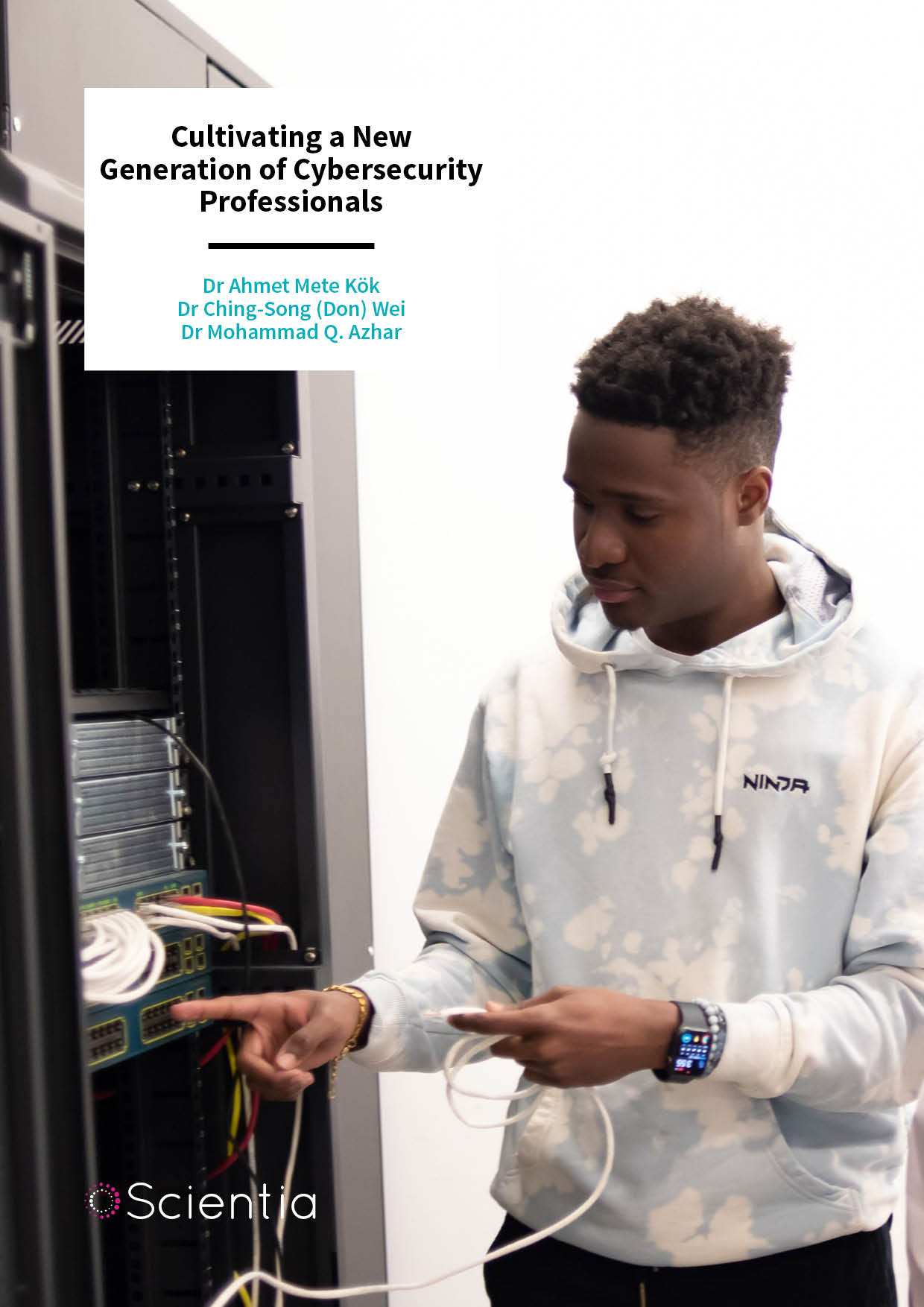
Dr Ahmet Mete Kök | Cultivating a New Generation of Cybersecurity Professionals
Computer systems underpin nearly every aspect of modern life, but they’re more vulnerable than many people realise. Threats to cybersecurity can come from anywhere in the world, at any time, and the techniques that malicious agents use are constantly evolving. As such, well-trained cybersecurity technicians are absolutely critical to our modern world, but there is a scarcity of such individuals. Now, Dr Ahmet Mete Kök and his colleagues have developed a new online certificate degree program at the Borough of Manhattan Community College, focused on educating and training a new cohort of cybersecurity technicians from diverse backgrounds.
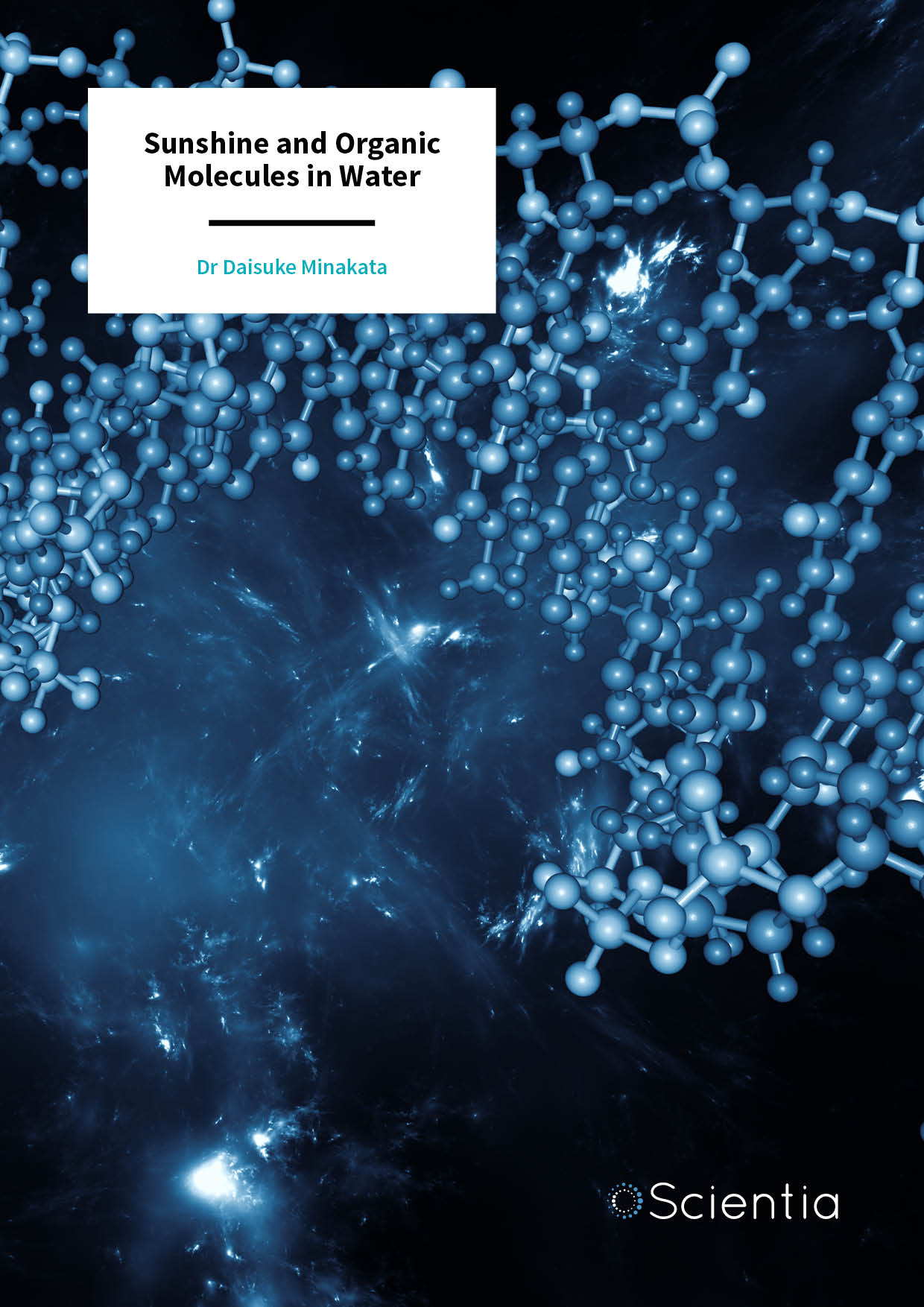
Dr Daisuke Minakata – Sunshine and Organic Molecules in Water
Organic molecules dissolved in rivers, lakes, seas and oceans are essential to plant and animal life. Some of these molecules are also degraded and enter a complex cycle of carbon, nitrogen and sulphur containing compounds. Surprisingly, scientists currently have a limited understanding of the fate of these molecules. Dr Daisuke Minakata and his colleagues from Michigan Technological University are involved in an ambitious programme to overcome this critical knowledge gap.
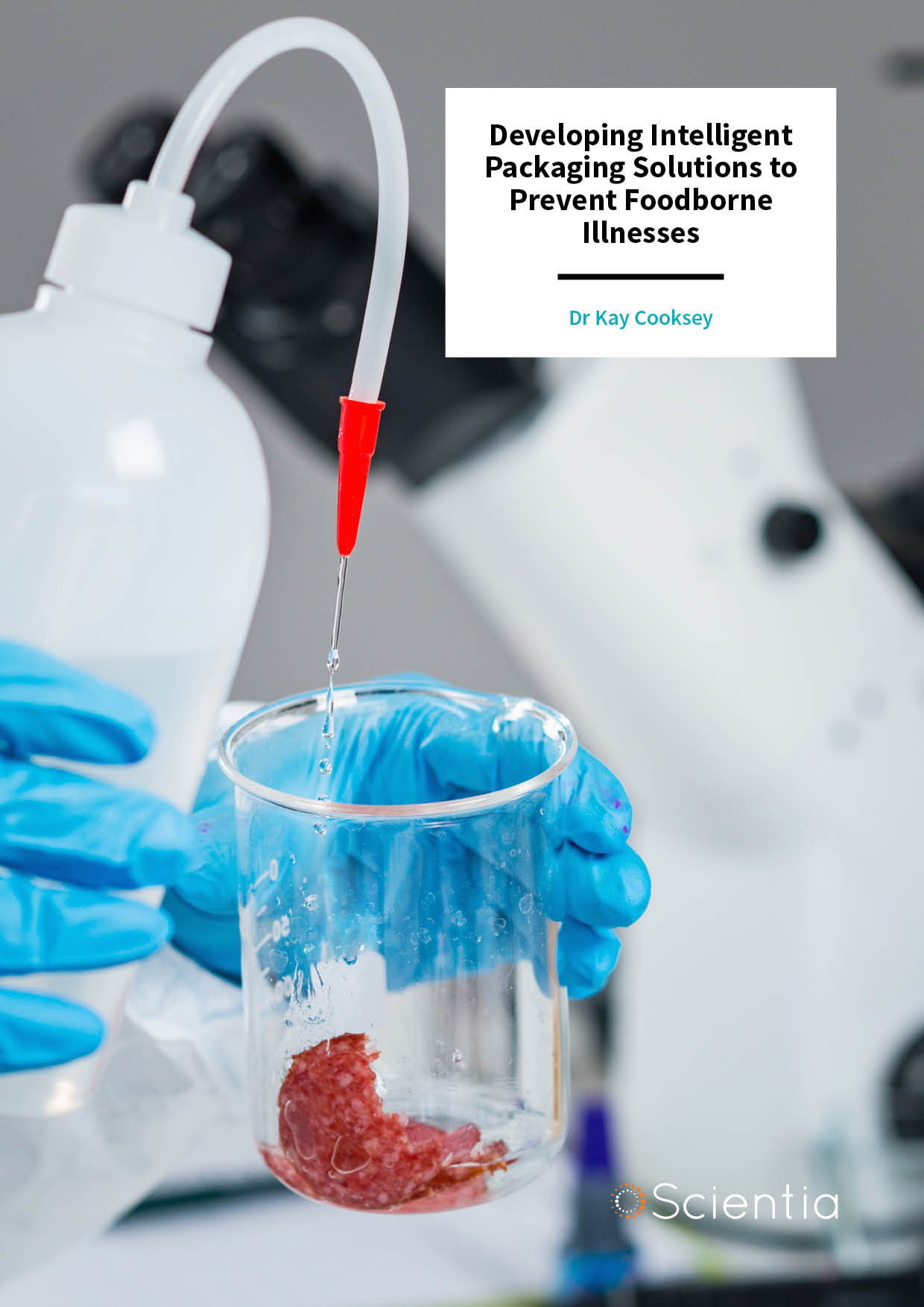
Dr Kay Cooksey | Developing Intelligent Packaging Solutions to Prevent Foodborne Illnesses
Many of us avoid foods that contain ingredients we haven’t heard of. However, many of these chemicals are beneficial because they prevent the growth of bacteria that cause foodborne illnesses. Although food quality standards have improved dramatically, outbreaks of foodborne illnesses are still common. Luckily, we have one line of defence to exploit: antibacterial food packaging. Dr Kay Cooksey of Clemson University is leading ground-breaking research to overcome the hurdles associated with antibacterial food packaging, bringing it one step closer to market.
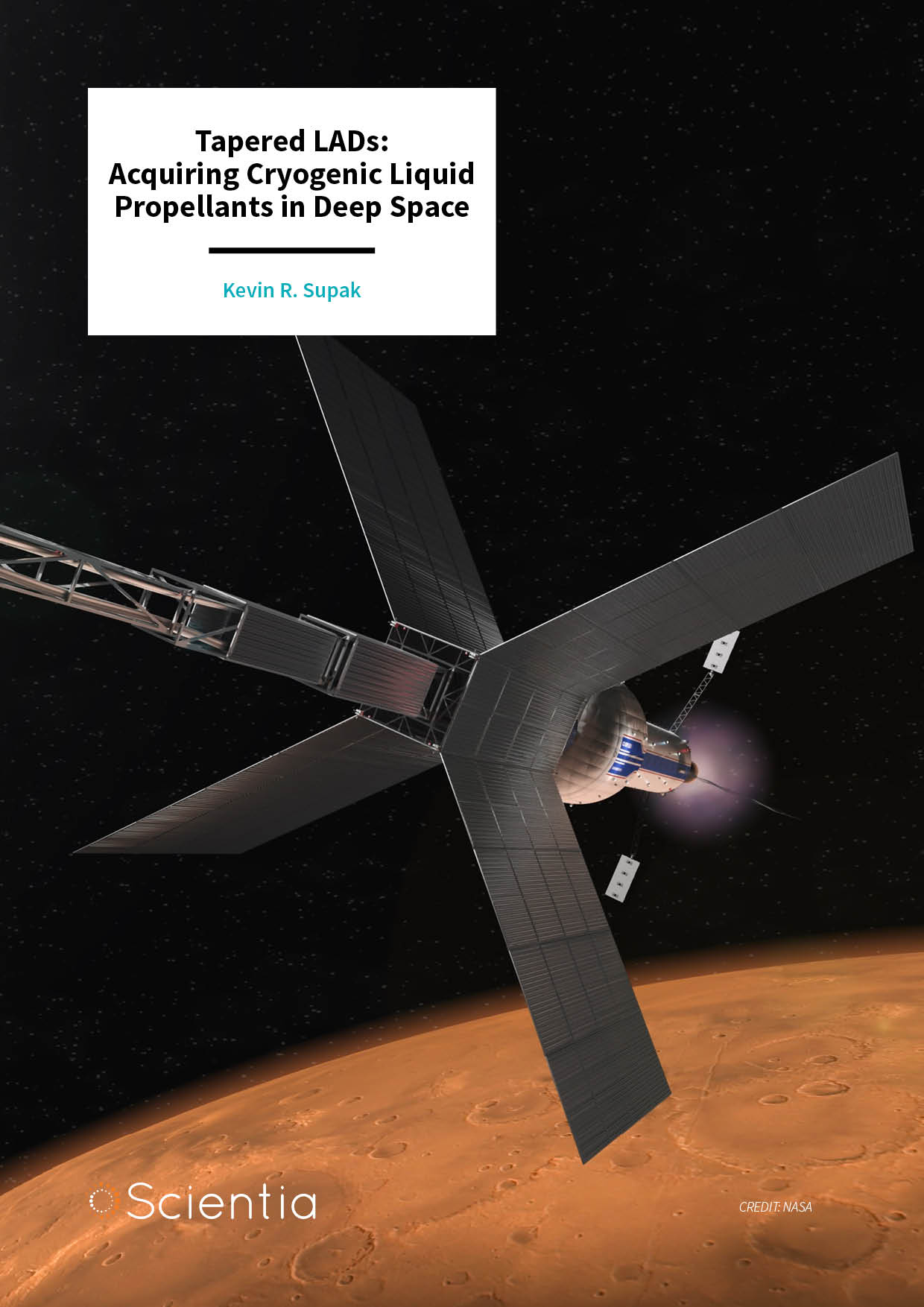
Kevin R. Supak | Tapered LADs: Acquiring Cryogenic Liquid Propellants in Deep Space
To carry out complex manoeuvres such as orbit insertion, large spacecraft on long voyages must carry tanks of liquid propellants, kept at ultra-cold temperatures. In existing designs, however, heat leaking into these tanks can form unwanted vapour bubbles in the channels required to extract their contents – which are especially difficult to remove in the microgravity environment of deep space. In their research, a team at the Southwest Research Institute presents a simple solution to this problem – through which the sides of these extraction channels are tapered, allowing vapour bubbles to escape. Results from recent microgravity testing of this technology could lead to exciting new opportunities for future space missions.
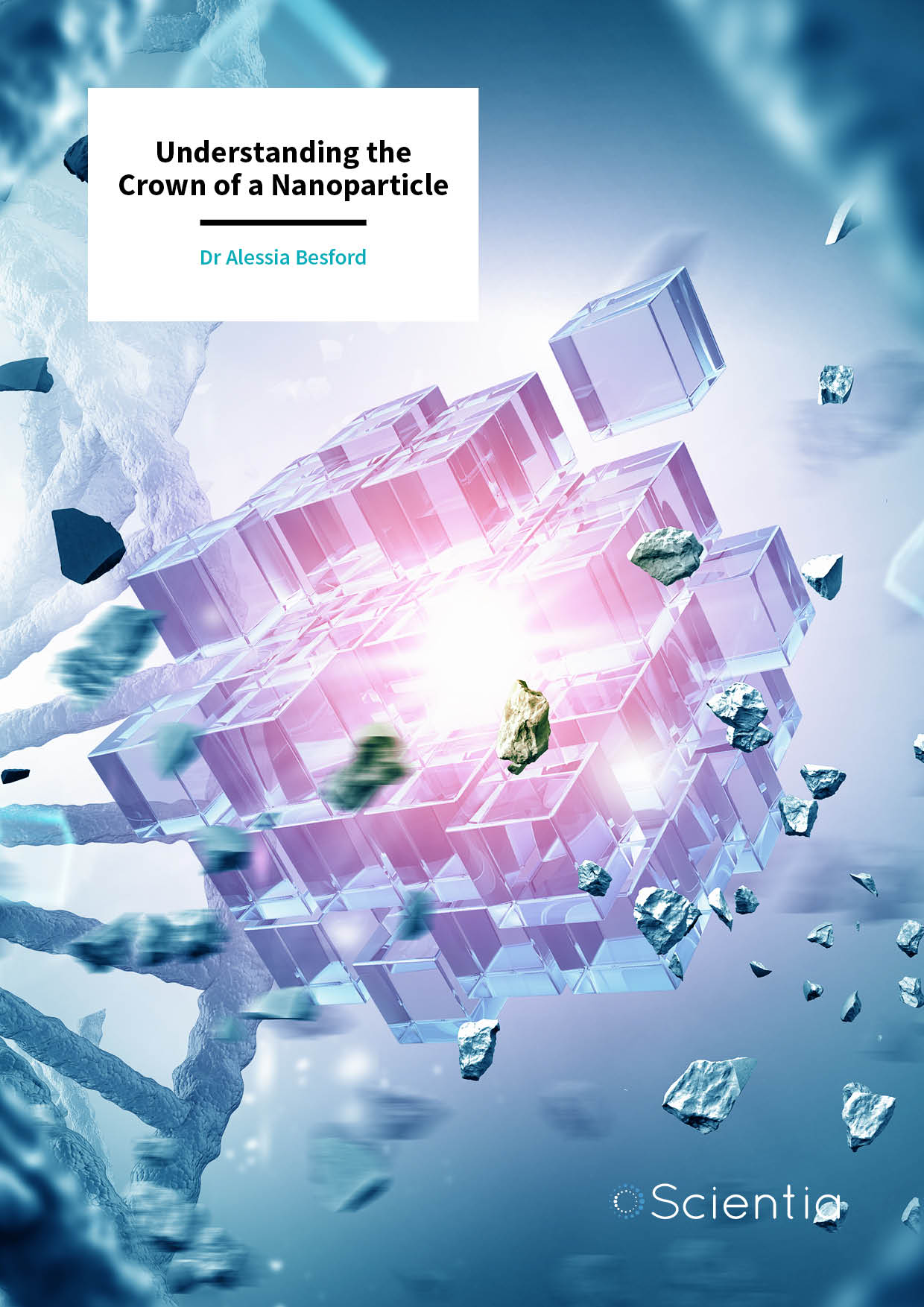
Dr Alessia Besford | Understanding the Crown of a Nanoparticle
Medical nanoparticles are an innovative method of delivering drugs to highly specific locations in the body, such as tumours or across the blood-brain barrier. Once a nanoparticle has entered the bloodstream, it forms a crown of surrounding biomolecules called a corona. The composition of this corona depends on its biological environment and the material of the nanoparticle itself and it has significant implications for how the nanoparticle interacts with the human body. Dr Alessia Besford from the Leibniz Institute of Polymer Research Dresden studies these interactions and how they can be refined to develop more effective medical nanoparticles.
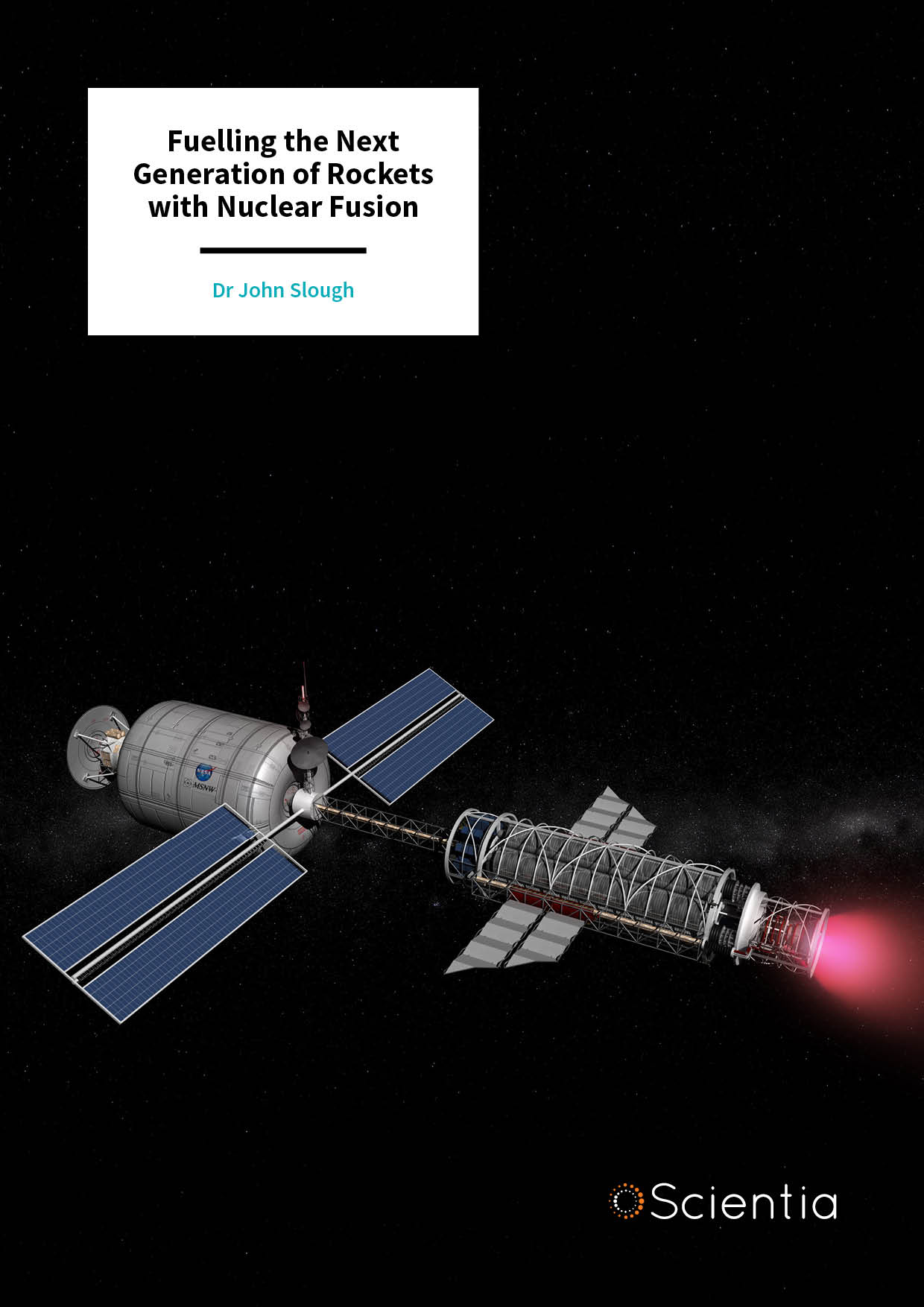
Dr John Slough | Fuelling the Next Generation of Rockets with Nuclear Fusion
Most rockets combine liquid hydrogen and oxygen to throw out extremely hot, expanding gas as a propellant; however, there are limits to the efficiency of this system. Dr John Slough and his colleagues at MSNW and the University of Washington have been developing new ways to propel spacecraft, with inspiration from the process that powers the Sun: nuclear fusion. Using an innovative design, his fusion-driven rocket converts the energy output of a fusion reaction directly into the propellant, opening new opportunities for space travel and exploration.
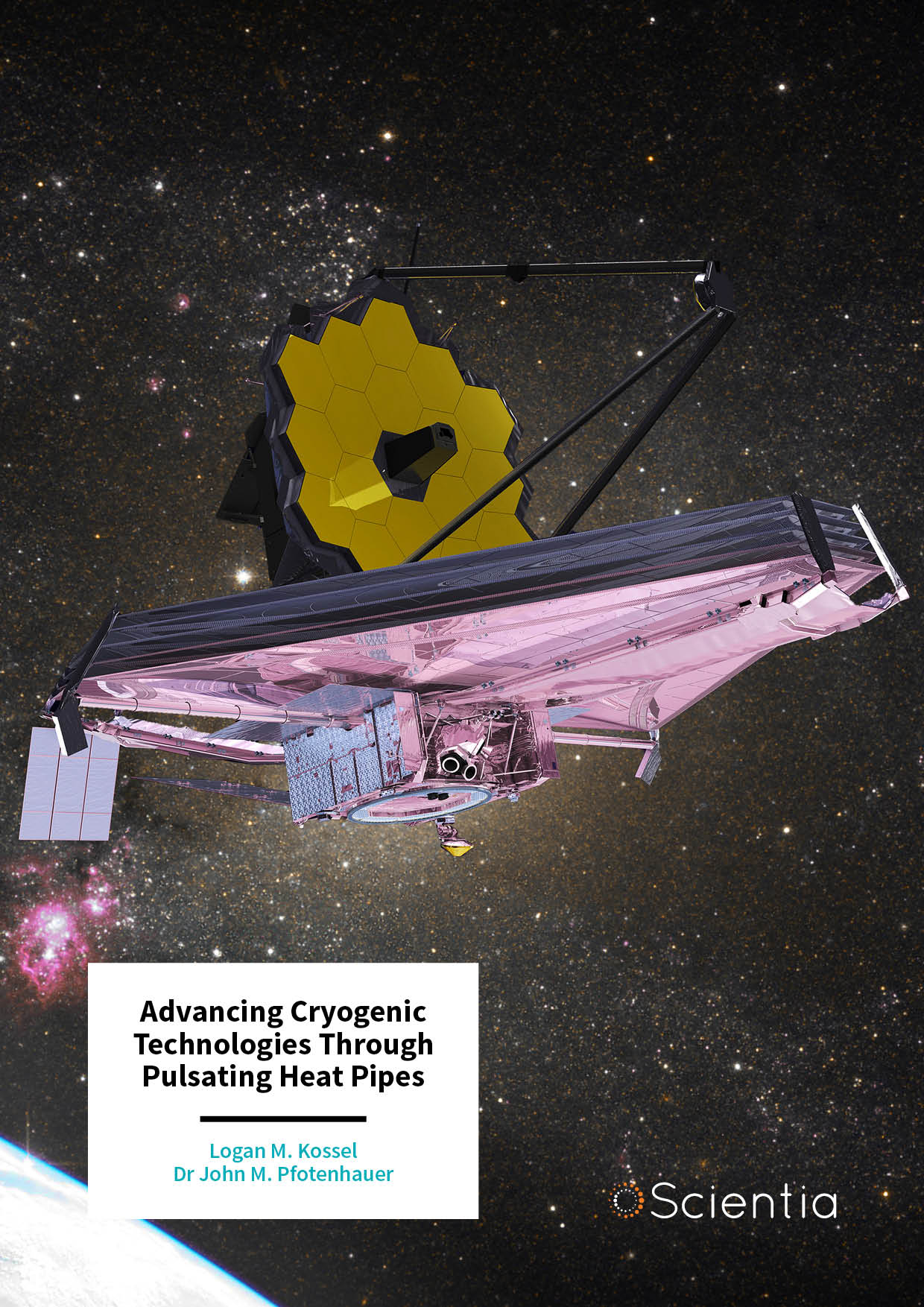
Logan Kossel | John Pfotenhauer – Advancing Cryogenic Technologies Through Pulsating Heat Pipes
Comprising thin tubes that contain ultra-cold liquids and vapours, ‘cryogenic pulsating heat pipes’ can transport heat far more rapidly than even the most conductive metals. Logan Kossel and John Pfotenhauer at the University of Wisconsin-Madison are exploring the unique capabilities of this technology in unprecedented levels of detail. Through their research, they hope to boost the performance of pulsating heat pipes even further – potentially leading to new breakthroughs in many technologies that rely on cryogenic temperatures.
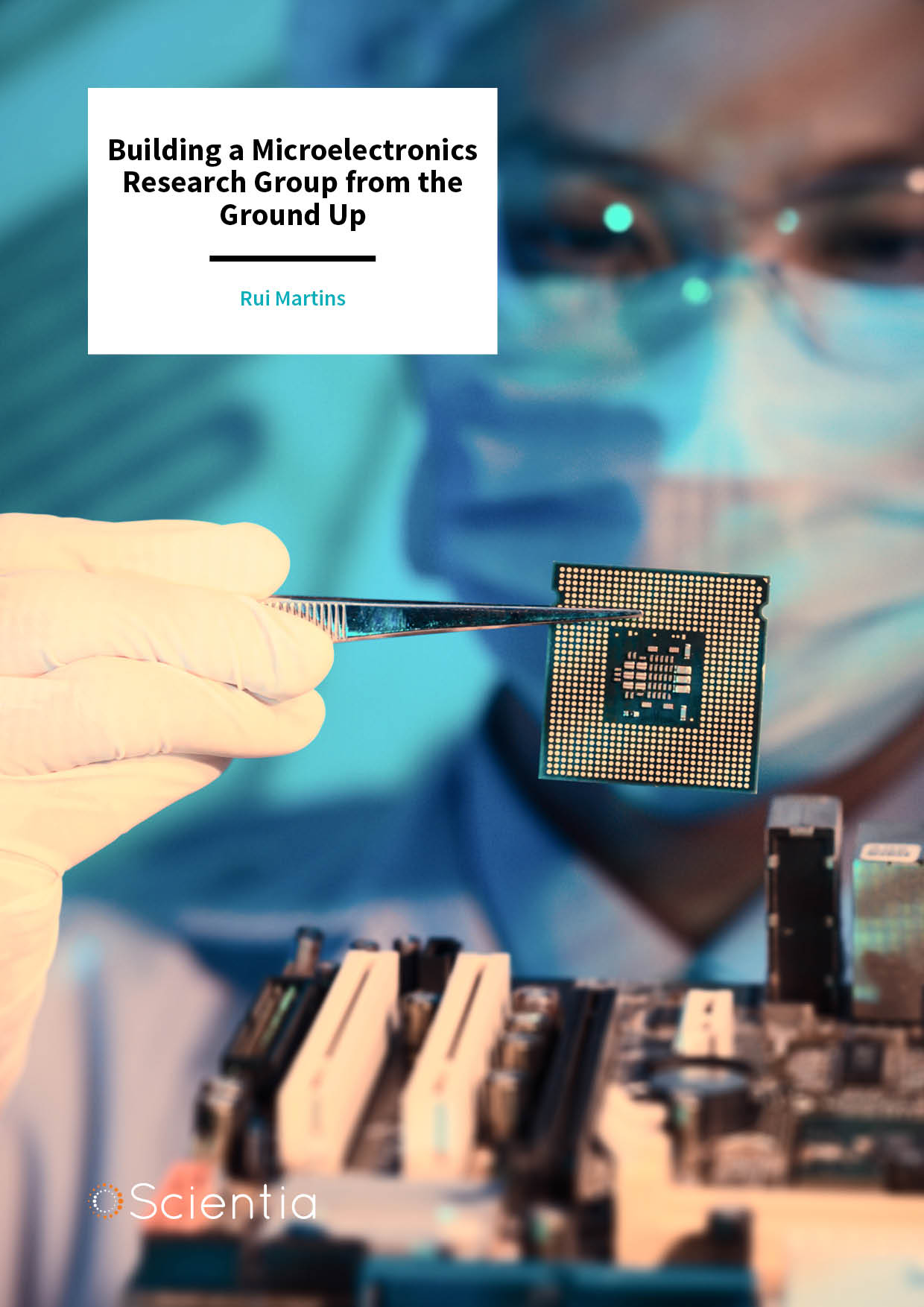
Professor Rui Martins | Building a Microelectronics Research Group from the Ground Up
Microelectronics are the minuscule components that power our modern world, from your smartphone to the systems that keep jet airliners in the sky. These essential components, such as transistors, resistors, capacitors, and inductors are the building blocks of microchips – the tiny computing units that process vast quantities of binary information. However, the world around us isn’t binary. Engineers must develop ways to translate between the analogue world that we inhabit and the binary world of chips. Over the last 30 years, Professor Rui Martins of the University of Macau has built a world-renowned research lab – the State Key Laboratory of Analog and Mixed-Signal VLSI – focused on further bridging the gap between analogue and digital.
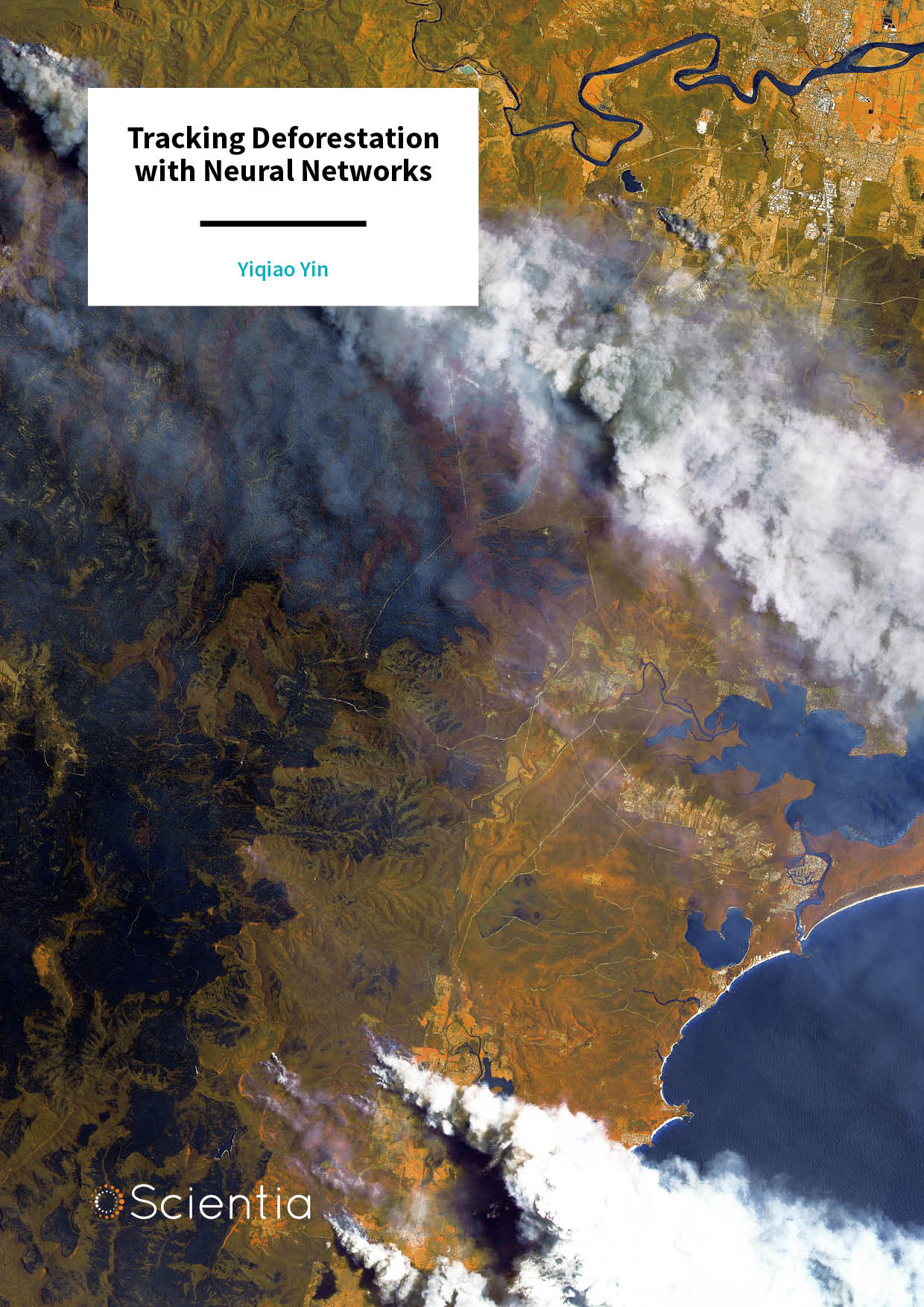
Yiqiao Yin | Tracking Deforestation with Neural Networks
Forests are key to Earth’s biodiversity and the global ecosystem, hosting 80% of the planet’s plant biomass and two-thirds of all mammal species. However, they are also in decline; each year, around five million hectares of woodland are lost to logging and wildfires. Tracking this loss is essential to controlling and mitigating deforestation, but this requires careful interpretation of satellite imagery. Yiqiao Yin, Kieran Pichai, Benjamin Park and Aaron Park have developed a model to automatically identify forests from these images. Their new approach is already showing huge promise.
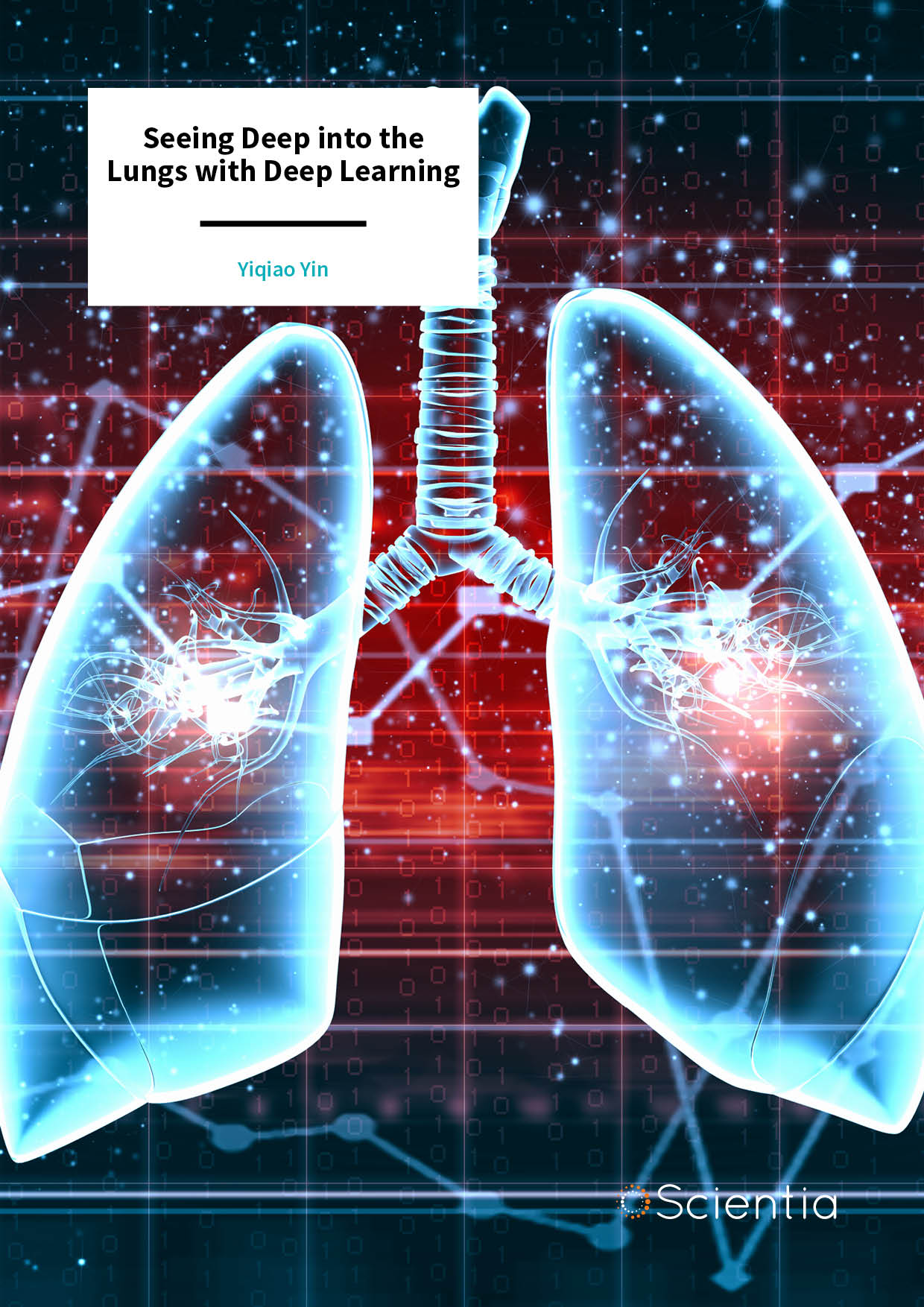
Yiqiao Yin | Seeing Deep into the Lungs with Deep Learning
X-rays and other forms of medical imaging let doctors peer into the body, revealing the internal structure of organs and tissues without invasive surgery. Doctors use the results to identify abnormalities such as broken bones, diagnose diseases such as cancer, or even monitor the health of a foetus within the womb. Although this technology is remarkable, the images aren’t useful in isolation. Experts must analyse the resulting data and parse what is healthy or unhealthy from the noise. Yiqiao Yin, Jaiden Schraut, Leon Liu and Jonathan Gong have created new machine learning technologies to support that crucial interpretation, focusing on X-rays and lung health.
